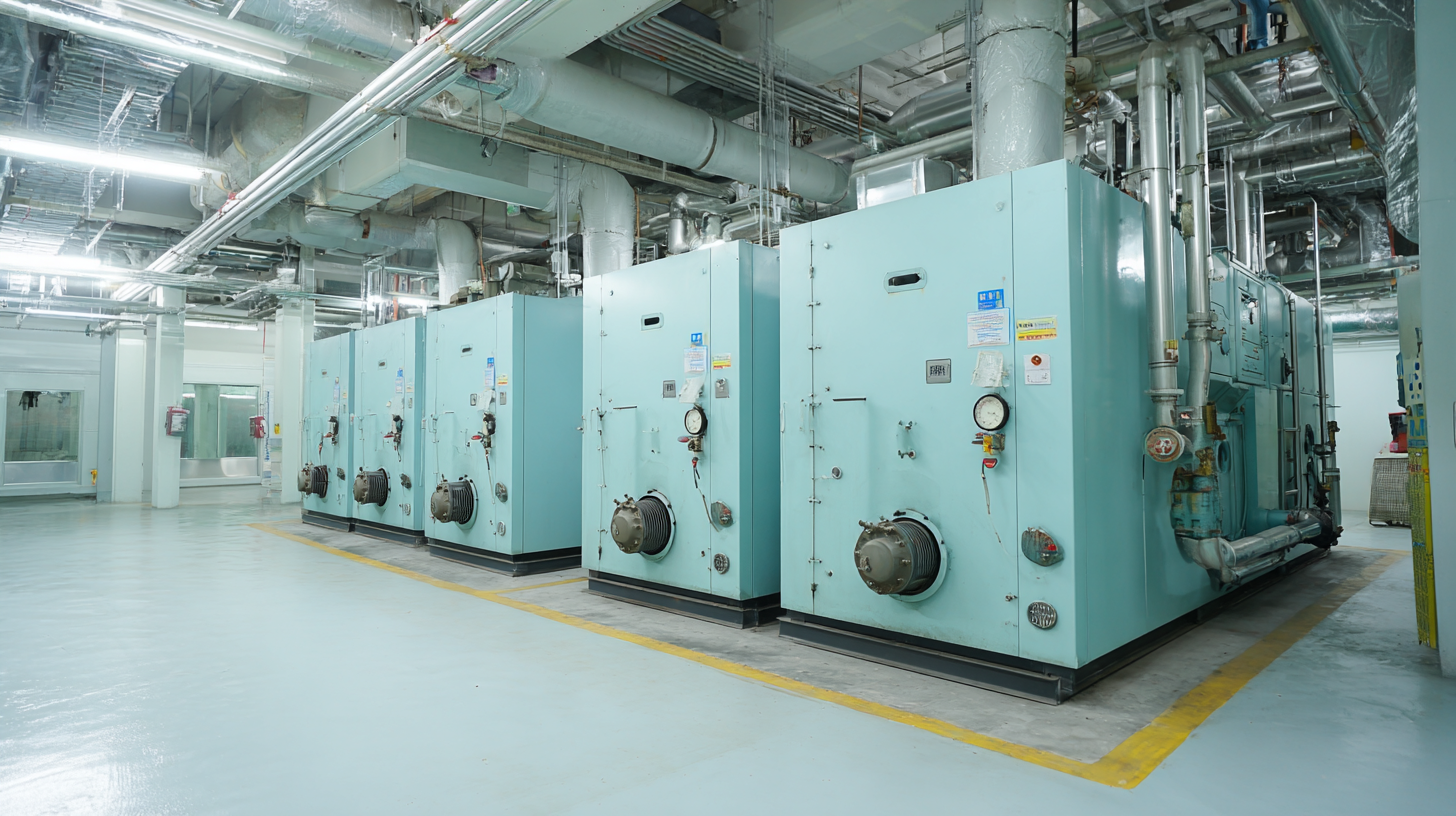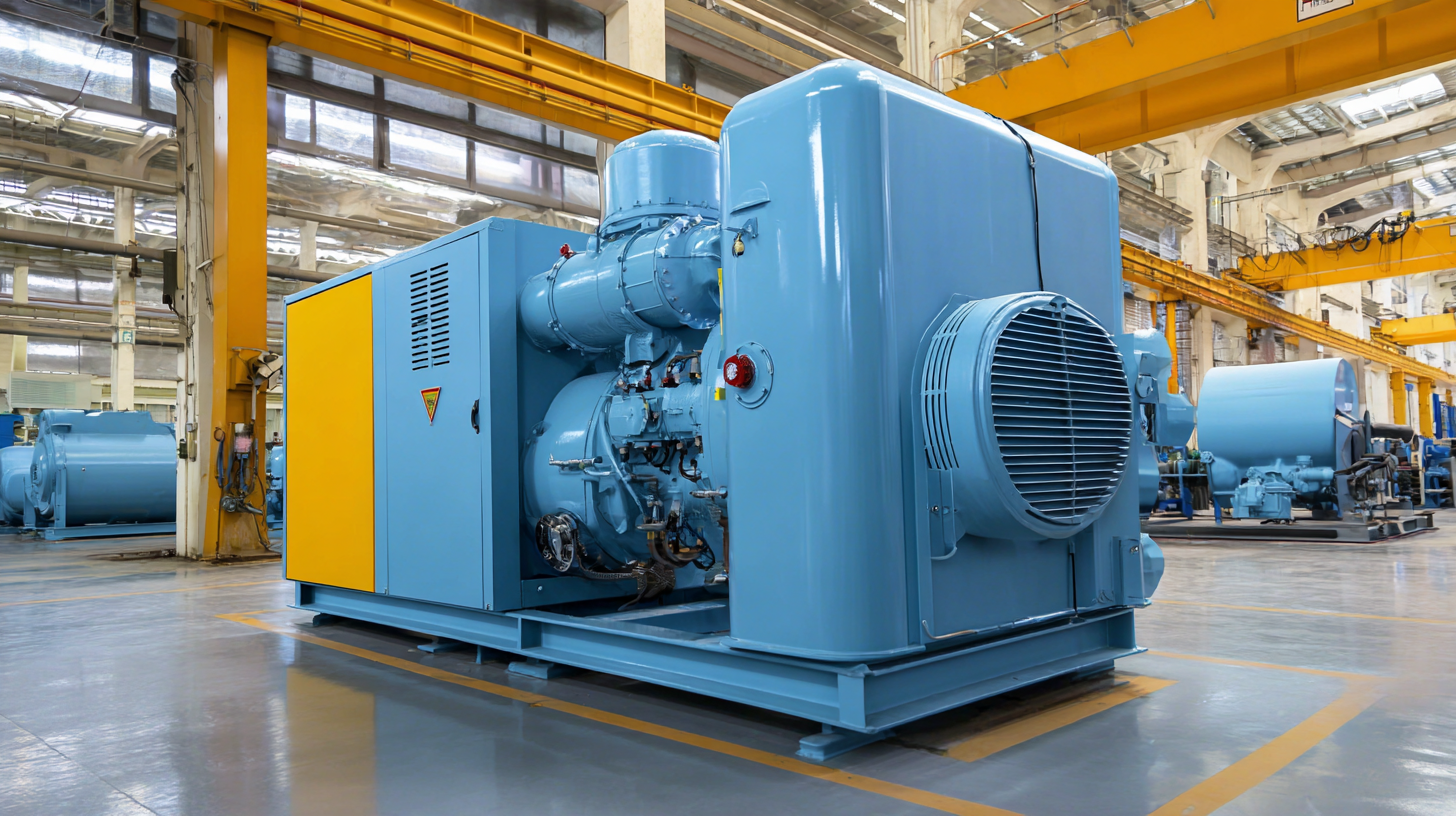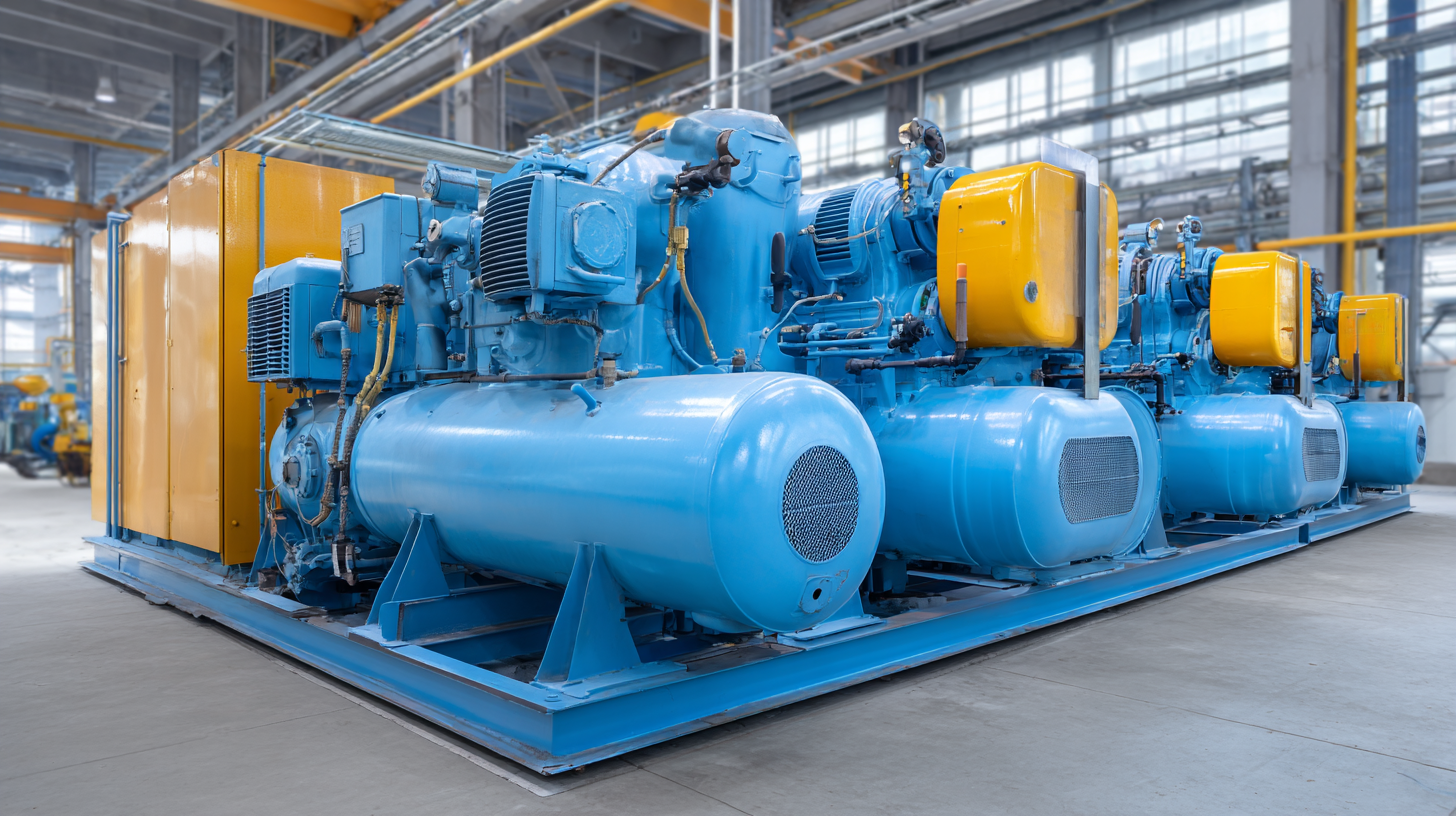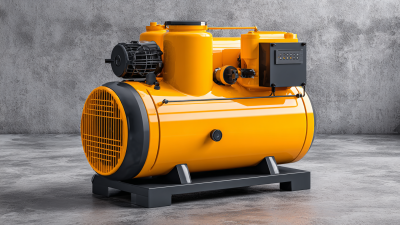 24 Hour Service
24 Hour Service- 800.825.3222
- Now Hiring
- Request A Quote
Blog
How to Select the Right Air Dryer for Your Compressor Needs
Selecting the right air dryer for compressor needs is a crucial decision that can significantly impact the efficiency and reliability of industrial operations. According to a report by the Compressed Air and Gas Institute (CAGI), improper drying of compressed air can lead to increased costs, operational downtime, and equipment damage.
In fact, moisture in compressed air systems can cause not only corrosion and blockages but also decrease the energy efficiency of the entire system by up to 30%.
With varying options available, ranging from refrigerant dryers to desiccant dryers, understanding the specific requirements of your application is essential for optimal performance. These considerations highlight the need for a comprehensive approach to selecting an appropriate air dryer for compressor systems, ensuring a balance between functionality, cost-effectiveness, and longevity of equipment.

Understanding the Types of Air Dryers: Refrigerated vs. Desiccant Options
When selecting an air dryer for your compressor needs, it's crucial to understand the differences between refrigerated and desiccant air dryers. Refrigerated air dryers work by cooling the air, condensing moisture, and then removing it through a drain. This type is generally more economical and suitable for applications where moderate levels of humidity are acceptable. They operate efficiently in conditions where the incoming air temperature stays within certain limits and are particularly ideal for general-purpose air compression systems.
On the other hand, desiccant air dryers utilize moisture-absorbing materials to eliminate humidity from the compressed air entirely. These dryers are best for environments requiring extremely low dew points, such as in food, pharmaceuticals, or electronics sectors, where moisture could cause significant damage. Although they tend to be more expensive and may require additional maintenance, desiccant dryers provide a reliable solution for critical applications, ensuring the compressed air remains dry in even the most demanding conditions. Thus, understanding your specific requirements will guide you towards the right air dryer for your applications.

Evaluating Your Compressor Flow Rate Requirements for Optimal Dryer Performance
When selecting the right air dryer for your compressor needs, evaluating your compressor's flow rate requirements is crucial for ensuring optimal dryer performance. According to the Compressed Air and Gas Institute (CAGI), determining the precise flow rate—measured in cubic feet per minute (CFM)—needed for your operations can help in selecting the most efficient dryer. Typically, an air compressor operates most efficiently when its output aligns closely with the actual demand, necessitating accurate assessments of flow rates under both normal and peak conditions.

For instance, if your compressor has a rated flow capacity of 20 CFM but your applications only demand 15 CFM, using an appropriately sized dryer not only eliminates energy waste but also extends the dryer’s service life. Data from the International Society of Automation indicates that improperly sized dryers can lead to a 50% increase in running costs and reduced air quality. By accurately measuring your flow requirements, you can select a dryer that complements your compressor, improving operational efficiency and reducing maintenance costs over time. This careful evaluation is essential for achieving the best performance from your compressed air system.
Identifying Moisture Levels: Key Factors Influencing Dryer Selection
When selecting an air dryer for your compressor needs, understanding the moisture levels in your compressed air is crucial. High humidity can lead to condensation and damage equipment, affecting overall performance. Key factors that influence dryer selection include the operating environment, required pressure dew point, and specific application needs. Evaluating these elements will help you choose a dryer that can effectively remove moisture to maintain optimal air quality.
Tips for identifying moisture levels include regularly monitoring humidity levels in your facility, as well as assessing the type of air tools and processes used. For instance, if your operations involve spray painting or food processing, a lower dew point is essential to prevent moisture-related issues. Additionally, consider the seasonal variations in humidity that may affect your system's performance.
Another helpful tip is to consult with air treatment specialists who can provide insights specific to your operation. They can guide you in selecting the appropriate dryer type—be it desiccant, refrigerated, or membrane—based on the moisture conditions and required efficiency. This tailored approach will ensure that your compressed air system runs smoothly and efficiently, minimizing downtime and maintenance costs.
The Importance of Energy Efficiency Ratings in Air Dryer Selection
When selecting an air dryer for your compressor needs, one of the most crucial factors to consider is its energy efficiency rating. An air dryer that has a high energy efficiency rating not only reduces your operational costs but also contributes to a more sustainable workplace. These ratings help you identify models that minimize energy consumption while maintaining optimal performance, ensuring that your investment pays off in the long run.
Moreover, understanding the importance of energy efficiency ratings allows you to compare different air dryer options effectively. For instance, models showcasing advanced technologies, such as heat recovery systems, can significantly lower energy usage. Choosing an air dryer with a good rating can also enhance the overall efficiency of your air compressor system, as it works seamlessly to maintain the required pressure and dryness without excessive energy expenditure. By placing emphasis on these ratings during your selection process, you will not only make a financially sound decision but also contribute to reducing your carbon footprint.
How to Select the Right Air Dryer for Your Compressor Needs - The Importance of Energy Efficiency Ratings in Air Dryer Selection
| Air Dryer Type | Energy Efficiency Rating (EER) | Max Flow Rate (CFM) | Power Consumption (kW) | Annual Operating Cost ($) |
|---|---|---|---|---|
| Refrigerated Air Dryer | 3.5 | 50 | 1.5 | $310 |
| Desiccant Air Dryer | 4.2 | 30 | 2.0 | $520 |
| Membrane Air Dryer | 4.0 | 20 | 1.2 | $240 |
| Cyclone Air Dryer | 3.8 | 40 | 1.3 | $290 |
Maintenance Considerations: Ensuring Longevity of Your Air Dryer System
When selecting an air dryer for your compressor needs, maintenance considerations play a crucial role in ensuring the longevity of your air dryer system. Regular maintenance not only maximizes performance but also significantly reduces downtime. According to a report by the Compressed Air and Gas Institute (CAGI), companies can save up to 30% on energy costs through effective maintenance practices. Routine checks of the air dryer components, such as filters and desiccants, are essential in sustaining efficiency and preventing costly failures.
Additionally, the type of air dryer you choose can impact maintenance frequency and needs. For instance, refrigerated dryers typically require less maintenance compared to desiccant dryers, which must have their desiccant material replaced routinely. A study by the International Society for Air Quality and Climate Change (ISAQCC) indicates that an improperly maintained air dryer can lead to moisture contamination, resulting in increased wear and tear on downstream equipment. Hence, investing time in understanding your specific compressor and air dryer requirements, along with robust maintenance schedules, is key to enhancing the operational life and productivity of your systems.
Air Dryer Selection and Maintenance Considerations
Related Posts
-

Unique Examples of Air Dryer Solutions for Compressors
-

Understanding the Mechanisms Behind Electric Air Compressors: A Deep Dive into Their Functionality
-

7 Essential Tips for Choosing the Best Oil Free Air Compressor
-

Desiccant Air Dryer Showdown: Which Option Delivers the Best Performance for Your Needs?
-

Ultimate Guide to Choosing the Best Scroll Air Compressor for Your Business Needs
-

What is a Small Air Compressor and How Can It Benefit Your Business
